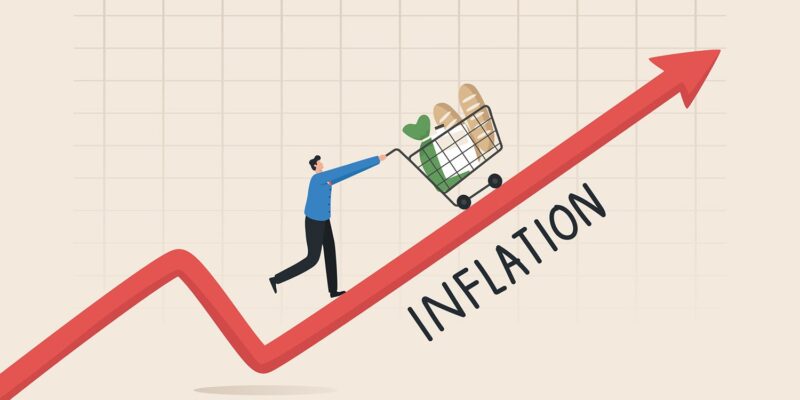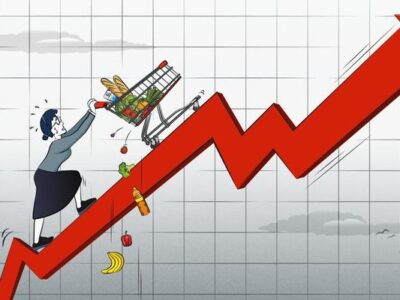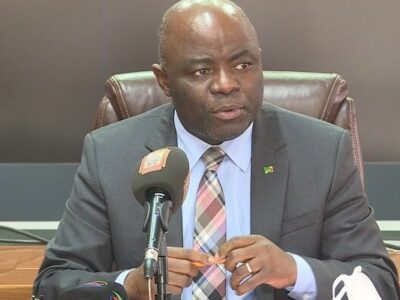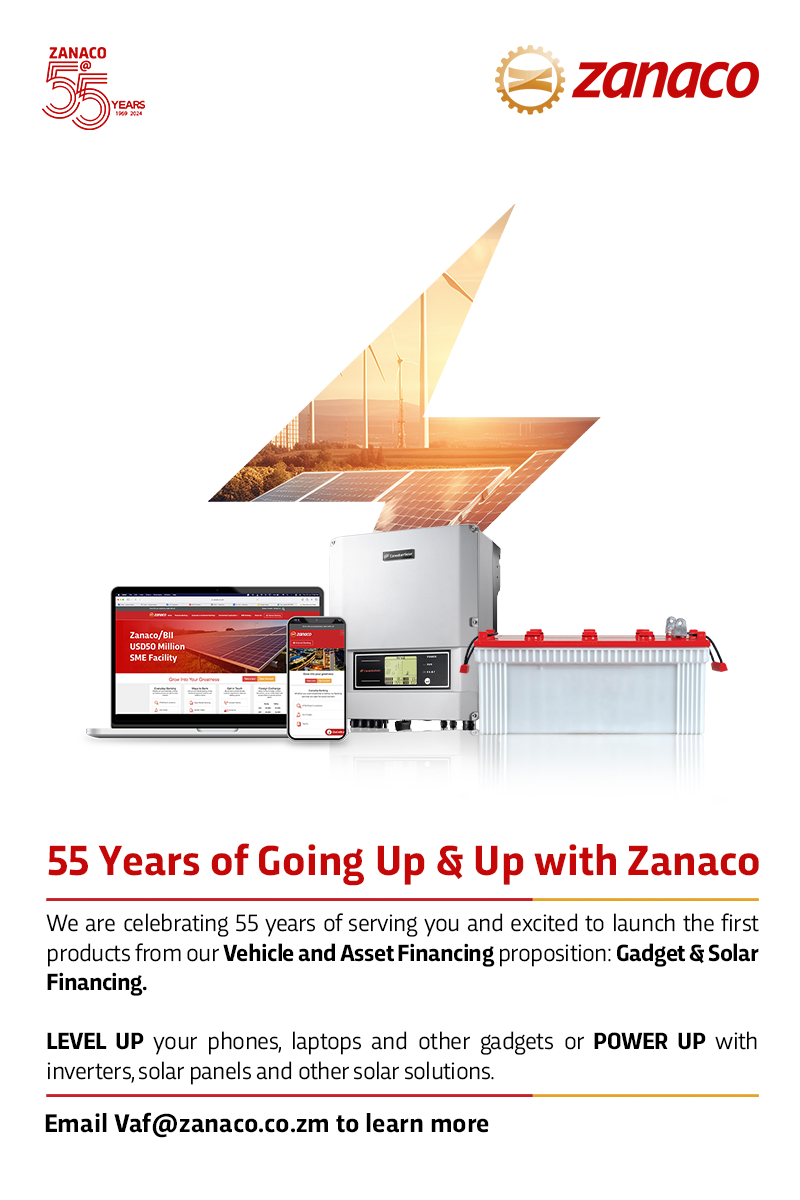Zambia’s annual inflation rate has surged to 13.1 percent in December 2023 due to price movements of selected food items.
However, the Consumer Price Index (CPI) reading continues to cross Zambia’s Central Bank target band of 6-8 percent, which it had set to achieve by close of 2023.
This saw the Bank of Zambia in November raise its benchmark lending rate to 11 percent from 10 percent as it fought inflation which had risen well beyond its 6-8 percent.
Giving an overview of the country’s statistics, Zambia Statistical Agency (ZamStats) Statistician General, Mulenga Musepa, stated that the annual inflation for December, 2023 increased to 13.1 percent from 12.9 percent recorded in November, 2023.
This meant that on average, prices of goods and services increased by 13.1 percent between December 2022 and December, 2023.
Addressing journalists in Lusaka on Thursday, Musepa said that annual food inflation for December, 2023 was recorded at 14.2 percent compared to 13.1 percent the previous month.
This, he said, meant on average prices of food items increased by 14.2 percent between December, 2022 and December, 2023.
Musepa noted that the outturn was mainly attributed to price movements in cereals (cassava meal, maize grain, bread, wheat, household flour and rice), fish, Kapenta, meat and chicken.
He said annual non-food inflation for December was recorded at 11.6 percent compared to 11.8 percent the previous month.
This development was mainly attributed to a base effect in transport division.
Musepa pointed out that of the overall 13.1 percent annual inflation, the food and non-alcoholic beverage group contributed 8.2 percentage points, while non-food group accounted for 4.9 percentage points.
“Of the 4.9 percentage points, transport contributed the highest at 1.9 percentage points followed by housing, water, electricity, gas and other fuels at 1.0 percentage points, clothing and footwear, furniture, household equipment and routine household maintenance at 0.7 and 0.6 percentage points, respectively,” Musepa said.
He added that the rest of the non-food group accounted for the remaining 0.7 percentage points.
Musepa indicated that Lusaka province contributed the highest at 4.3 percentage points to the overall annual inflation of 13.1 percent in December 2023.
Copperbelt, he said, contributed 2.5 percentage points.
Musepa said Central and Southern provinces contributed 1.3 percentage points each, while North-western province had the lowest contribution of 0.4 percentage points.
On trade, Musepa reported that cumulative total trade for the period January to November 2023 was K374.1 billion, while that of 2022 for the same period was K319.8 billion, representing a 17.0 percent increase.
“The total value of exports via all modes of transport for the period January to November 2023 was K189.8 billion. Road transport accounted for highest K91.2 billion representing 48.1 percent share.
“Rail transport was second at K7.9 billion and air transport was third accounting for K3.8 billion, while other modes accounted for K86.8 billion,” he said.
The total value of imports via all modes of transport for the period January to November 2023 was K184.3 billion.
Musepa said road transport was the highest at K105.8 billion representing 57.4 percent followed by air transport at K8.7 billion.
He said rail transport was third at K2.8 billion accounting for 1.5 percent of the total import bill.
Other modes of transport, he noted accounted for K66.9 billion.
In terms of volumes, Musepa said a total of 6.6 million tonnes of imports were recorded for the period January to November 2023, of which road transport accounted for 3.9 million tonnes, representing the highest share at 58.5 percent.
He said railway transport accounted for 245000 tonnes, representing a share of 3.7 percent in the period under review.
He added that Zambia recorded a trade deficit of K612.2 billion in November compared to a deficit of K1.0 billion the previous month.
“Exports mainly comprising domestically produced goods, increased by 16.3 percent to K18.4 billion in November 2023 from K15.8 billion in October 2023,” Musepa noted.
This was mainly on account of 18.5 and 158.8 percent increases in export earnings from Intermediate goods, and Capital goods respectively.
He said imports increased by 12.8 percent to K19.0 billion in November 2023, from K16.8 billion in October 2023, and that this was mainly as a result of 27.4,11.9 and 53.8 percent increase in import bills of consumer goods, capital goods and raw materials, respectively.
WARNING! All rights reserved. This material, and other digital content on this website, may not be reproduced, published, broadcast, rewritten or redistributed in whole or in part without prior express permission from ZAMBIA MONITOR.













Comments